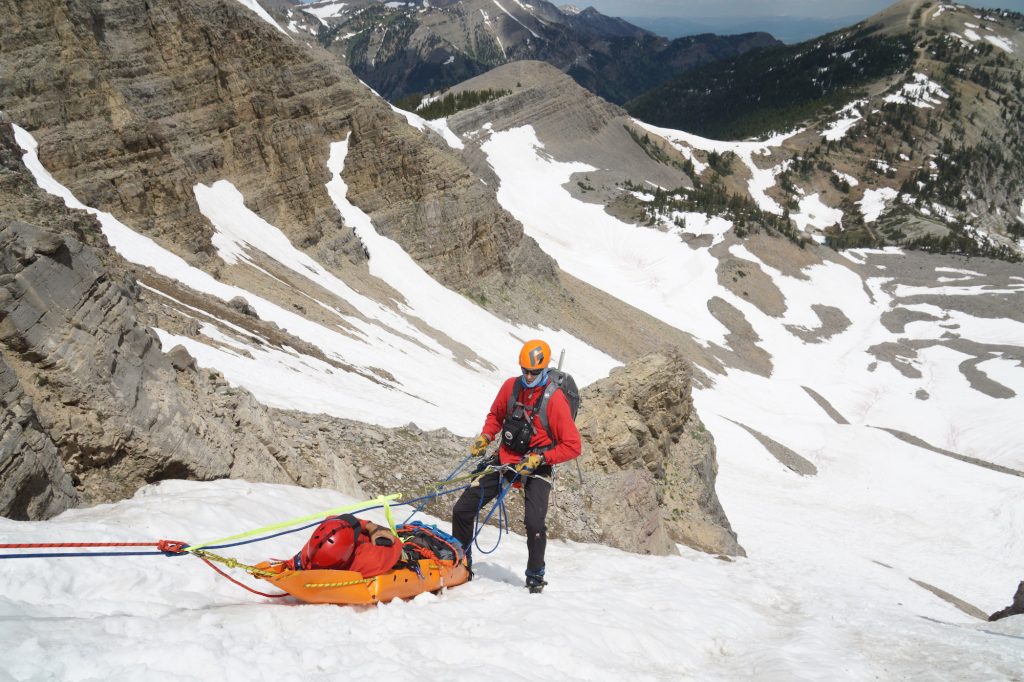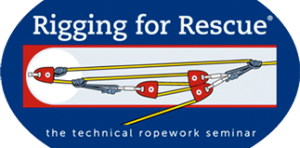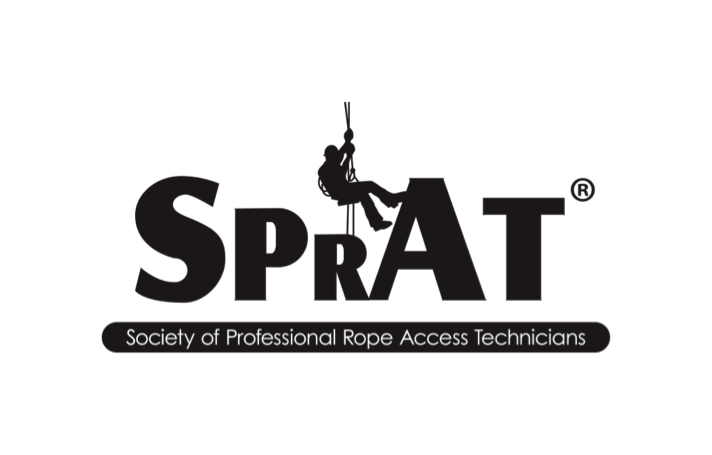Summer wrap-up

The summer RfR season proved to be a whirlwind. We traveled near and far working with a variety of rescue teams from very different backgrounds and mission profiles. Continued areas of participant interest included: pros and cons of Two Tensioned systems and how/when/why to apply them effectively use of the VT Prusik in rescue systems as both a rope grab and a fall arrest device optimization of the overall team and managing human factors Rigging for Rescue principals Kevin Koprek and Mike Gibbs are slated to present new information to the rescue community on the above topics at the upcoming International Technical Rescue Symposium to be held in Albuquerque, NM in early November. For several years now, we have been conducting drop tests incorporating live device operators. These tests have included a variety of devices, systems, and rope tensioning approaches including the VT Prusik, ATCs & Scarabs with Prusik backups, and the MPD. We look forward to sharing the results.
Lanyards Part II

An Examination of Purcell Prusik as Personal Restraint Lanyards Project Videos: View the Complete Report Abstract: In two independent drop test series conducted in 2002 and 2005, we examined the effects of a shock load on to various commercially made and user-configured personal restraint lanyards. Our primary focus in those two drop test series was to test daisy chains and other similar lanyards. We presented our findings at the 2005 ITRS held in Ft. Collins, Colorado. Several of the lanyards examined in 2002 and 2005 demonstrated serious shortcomings in a shock loading scenario due to either (1) excessive maximum arrest force (MAF) and/or (2) the lanyard failed or its condition was severely compromised. One of the lanyard configurations tested in 2002 and 2005 that showed some promise was the Purcell Prusik. Our intent in the 2006 drop test series was to conduct a number of drop tests on Purcell Prusiks in order to gain a better understanding of their capabilities and limitations as a personal restraint lanyard in a shock loading scenario. Our hope was to identify a suitable alternative choice to traditional lightweight personal restraint lanyards such as the daisy chain, for example.
Daisy Chains and Other Lanyards

Some Shocking Results when Shock Loaded Project Videos: View the Complete Report Abstract: Over the years, organized rope rescue has evolved with respect to the techniques used as well as the equipment employed. Much of this evolution can be attributed to the borrowing of techniques, equipment and practices from similar disciplines. For example, many pieces of equipment originally designed for climbing or mountaineering have been adopted by rope rescue practitioners and incorporated into their systems. The ‘daisy chain’ is one example of a piece of equipment originally popularized by aid climbers and later adopted for other uses. The daisy chain has largely become the lanyard-of-choice for climbers as a means of attaching themselves to an anchor point. Because the rope rescue community has such a strong contingency of climbers in its ranks, it is not surprising that the daisy chain is regularly used as a similar tool in rope rescue scenarios. In two independent drop test series conducted in 2002 and 2005, we examined the effects of a shock load on to various commercially made and user-configured lanyards. This presentation offers a critical examination of daisy chains and other similar lanyards.\
Two-Tensioned Rope Lowers

Centrally Focused Bridle Attachments Project Videos: View the Complete Report Abstract: Many rescue teams operate their rope rescue stretcher operations with either: a single tensioned mainline coupled with a separately managed belay line or two tensioned mainlines without a separate belay line – often referred to as ‘Two-Tensioned Rope Lowers’. Two-Tensioned Rope Lower configurations generally include two separate lines attached to the rescue package (patient, attendant(s), and stretcher), each supporting approximately half of the total mass. These configurations are rigged with a variety of stretcher bridle attachments, friction devices to manage the descent, attendant and patient tie-in methods, as well as rope types. In 2003, we conducted a series of drop tests that focused on certain stretcher bridle attachment methods in a selection of Two-Tensioned Rope Lower configurations. The 2003 drop test series looked exclusively at stretcher bridle configurations that included two separate bridles and respective mainline attachments. The findings of that drop test series were presented at the ITRS 2003 in Salt Lake City.




